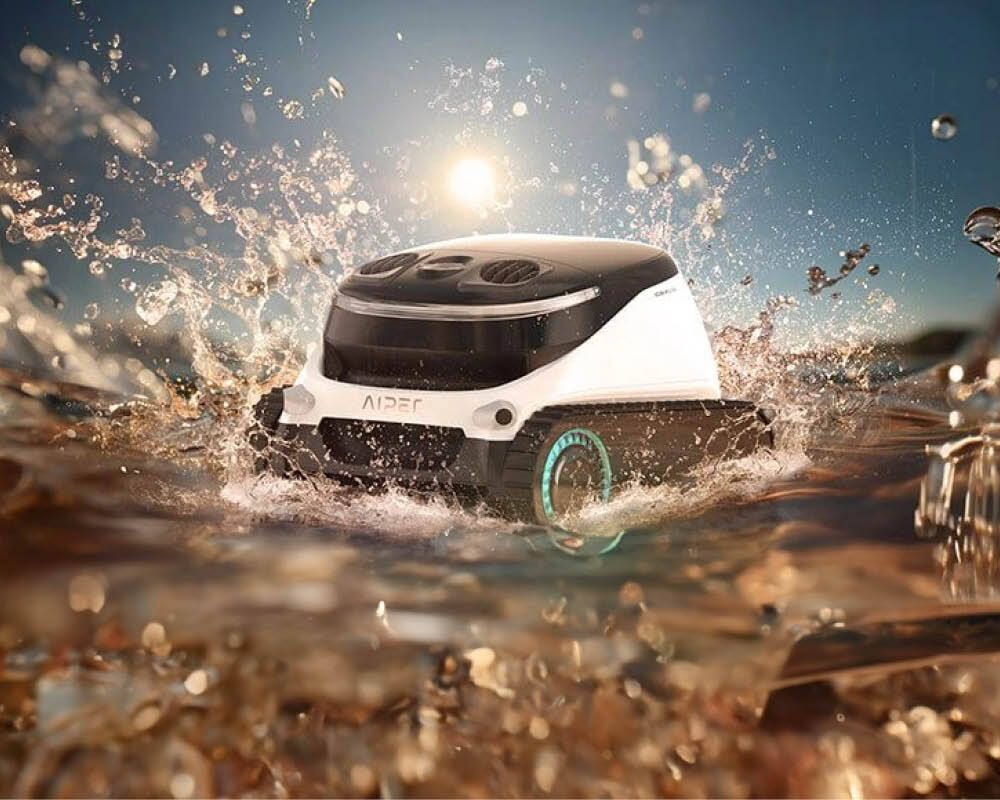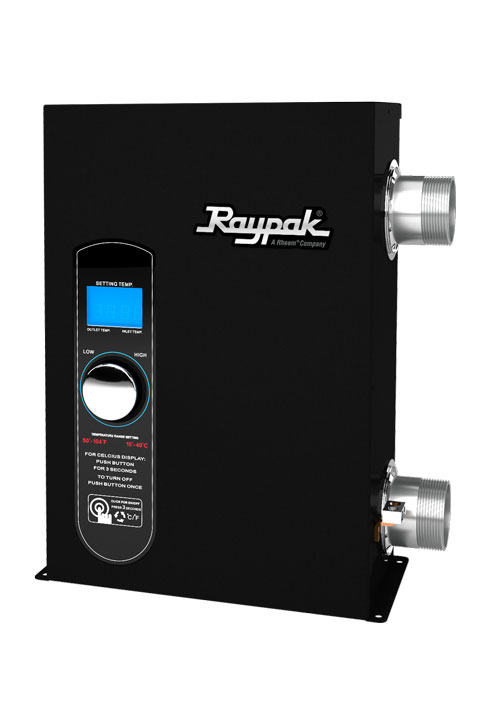Cold-weather cover failures: Why vapour barriers and seals demand closer attention
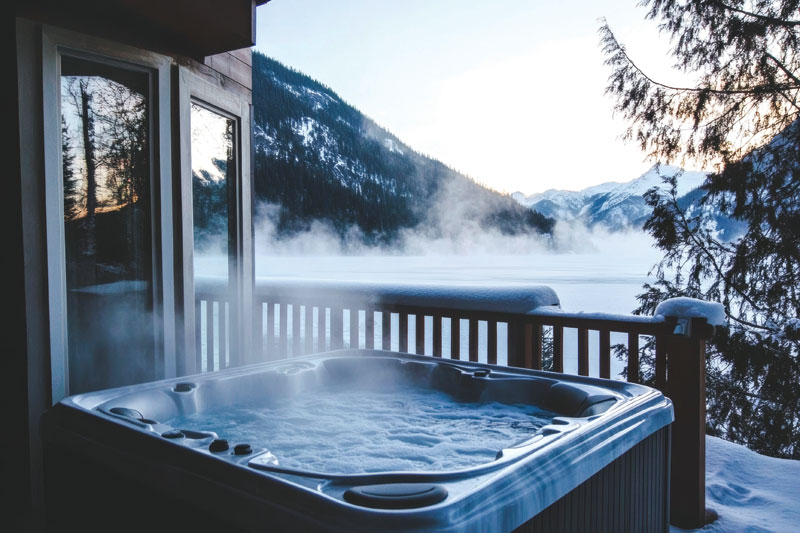
When temperatures plummet and snow blankets the landscape, insulation failures and heat loss can cause more than just discomfort; they may lead to skyrocketing energy costs, equipment wear, and long-term structural issues. Whether in residential structures or outdoor amenities such as hot tubs, maintaining thermal efficiency in sub-zero climates requires a well-informed approach to insulation, vapour barriers, and sealing technologies.
One often overlooked but highly illustrative example of winter heat loss challenges is in the hot tub cover. Hot tub covers are essential for safety, maintaining water temperature and reducing evaporation, and are particularly vulnerable to the combined effects of moisture and cold. Understanding why they fail gives an understanding of how to prevent this.

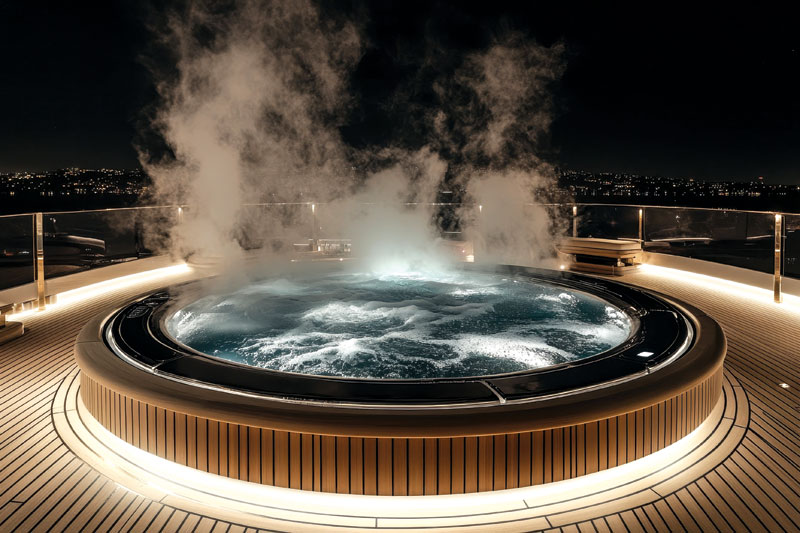
The mechanics of heat loss and waterlogging
Heat loss in cold weather occurs primarily through conduction, convection, and radiation. In outdoor environments or unconditioned spaces, the greatest culprit is conduction, where heat from a warm surface (e.g. hot tub water) transfers to a colder medium (e.g. air or snow). Moisture accelerates this process dramatically, especially when insulation becomes saturated with water. Although this conduction tends to accelerate during colder periods, this process may also occur in more favourable conditions.
Once insulation absorbs moisture, its effectiveness can be reduced by up to 90 per cent. In practical terms, a waterlogged hot tub cover or a poorly insulated hot tub becomes a thermal bridge, funnelling heat directly out of the protected space. Further, it significantly increases the cover’s weight, making removal cumbersome each time the user wants to access the tub.

Why hot tub covers fail, especially in winter
Hot tub covers are typically constructed with a core of expanded polystyrene (EPS) foam, enclosed in a vapour-resistant barrier and a weatherproof vinyl or polyester exterior. Over time, some of these components can degrade.
Vapour barrier breach
The vapour barrier is often a plastic layer around the foam core, which is usually sealed in some way, such as with heat. Repeated exposure to steam, freeze-thaw cycles, and the chemicals from the water can cause micro-tears and a breakdown of the plastic, allowing moisture to infiltrate.
Seal failure
The seams around the cover’s hinge or edge are common failure points. In freezing temperatures, these joints contract, leading to gaps where warm, moist air escapes and cold air—or water—enters.
Condensation cycles
Even without external leaks, the interior surface of a hot tub cover can accumulate condensation from warm water vapour. In cold weather, this condenses inside the foam, and repeated freeze-thaw cycles exacerbate the damage, creating internal fractures and pathways for more moisture.
Loss of structural integrity
Waterlogged foam becomes heavy and sagging under its own weight. This reduces the cover’s ability to form a tight seal around the hot tub, compounding heat loss and water absorption into the foam.
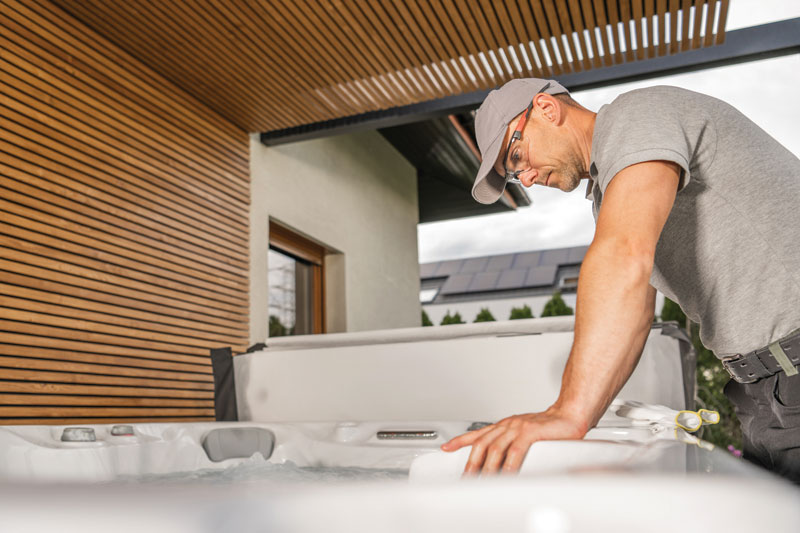

Engineering solutions and ideas
To address these challenges in hot tub covers, engineers are turning to advanced systems, including:
- Multi-layer vapour barriers—Newer designs incorporate thicker or multilayer barriers instead of a single plastic wrap. Advancements in material science have led to the use of newer non-porous plastics, which offer improved durability and resistance to moisture.
- Enhanced underside for improved durability—Some covers have metalized films (e.g. Mylar) on the underside to help reduce vapour transmission and reflect radiant heat back into the water or interior space.
- Drainage holes—Strategically placed drainage holes allow any infiltrated water from natural condensation to drain or evaporate before it can damage the structure.
- Closed-cell foam (CCF) insulation—Closed-cell polyurethane foam (CCPF) or extruded polystyrene (XPS) offers higher resistance to water absorption compared to traditional EPS. These materials have tighter cellular structures, limiting the ability of moisture to penetrate and fill voids. However, XPS foam does not meet current ASTM standards, so it cannot be used on a certified cover.
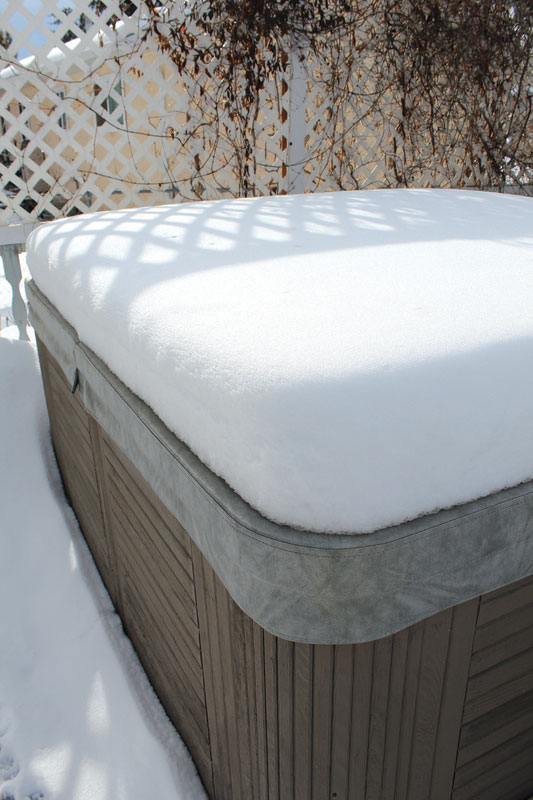
Best practices for winter maintenance
Even the most advanced materials need maintenance to remain effective:
- Inspect seals and vapour barriers around foam regularly for signs of chemical breakdown such as cracking or shrinkage, especially after heavy snow or ice buildup. Any suspected damage to the plastic should be replaced or repaired to prevent further long-term damage.
- Snow removal from the spa cover should be performed exclusively using a soft-bristle broom. The use of shovels or other rigid tools is strongly discouraged, as these can accidentally damage the cover’s outer vinyl material, including the stitching, or puncture the vapour barrier, leading to premature cover failure.
- Store covers properly when not in use. Avoid placing them directly on snow-covered ground.
- Use a thermal blanket (floating foam or solar cover) underneath the main cover to reduce condensation and heat loss.
- Reapply approved protective coatings to vinyl surfaces to resist UV degradation and cold cracking.
- Avoid chemical damage by maintaining proper water chemistry within recommended parameters. If sanitizer or pH levels deviate significantly, temporarily remove the cover to prevent exposure to concentrated off-gassing. Additionally, periodically ventilate the spa—ideally every two to three days—to release trapped moisture and chemical vapours, minimizing the risk of vapour barrier failure due to prolonged, chemical-rich, condensation exposure.
- Ensure a proper fit. The cover should sit evenly and securely on the spa shell. Any gaps, whether from misalignment, warping, or improper hinge sealing, will allow heat and vapour to escape, increasing energy consumption and the risk of moisture damage to the foam core. Flapping or “winging” covers during windy conditions also accelerate wear and tear.
- Use a cover cap during extended periods when the spa is not in use or in harsh weather conditions. This extra layer shields the main cover from UV exposure, precipitation, and debris, significantly extending its lifespan.
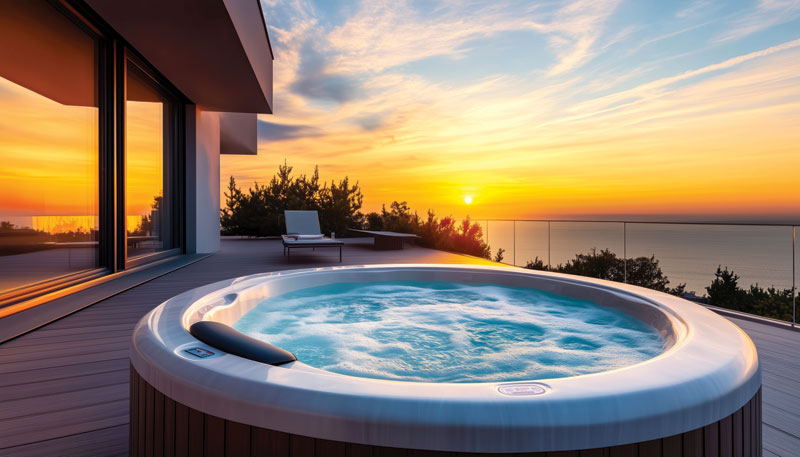
Conclusion: Beyond hot tubs
The principles learned from the lifecycle of a hot tub cover are applicable across a wide range of cold-weather insulation challenges, from wall assemblies in buildings to outdoor plumbing and HVAC enclosures. Proper design, material selection, and proactive maintenance are essential to preventing waterlogging and preserving thermal integrity. In an age of rising energy costs and environmental awareness, the investment in high-performance insulation and vapour protection is not just smart but necessary.
Maintaining a high-quality hot tub cover and following proper care practices are critical to ensuring its longevity, energy efficiency, and overall performance during even the coldest winters.
Author
Lisa Kennedy is the vice president of dealer channel sales at Core Covers, bringing over two decades of expertise in the pool and spa industry. Her journey began in 1999 as a customer service representative at Beachcomber Hot Tubs, based at their Oakville development centre. She quickly demonstrated her leadership potential, advancing to become the assistant to the national sales manager. For 20 years, Kennedy played a pivotal role on the management team at The Cover Guy, helping drive the growth of this international e-commerce leader in the hot tub industry. In 2024, she embraced a bold new chapter by joining Core Covers in a senior sales leadership role, where she now leads dealer channel strategy and growth initiatives. She holds a diploma in business and law, and security from Niagara College, underscoring her solid academic foundation. She also serves as vice president of the Pool & Hot Tub Council of Canada (PHTCC), where she contributes her time and insights to advancing the industry. With her strong background in sales, deep roots in customer service, commitment to volunteer leadership, and a passion for the industry, Kennedy is exceptionally well-equipped to lead her team toward continued success.



